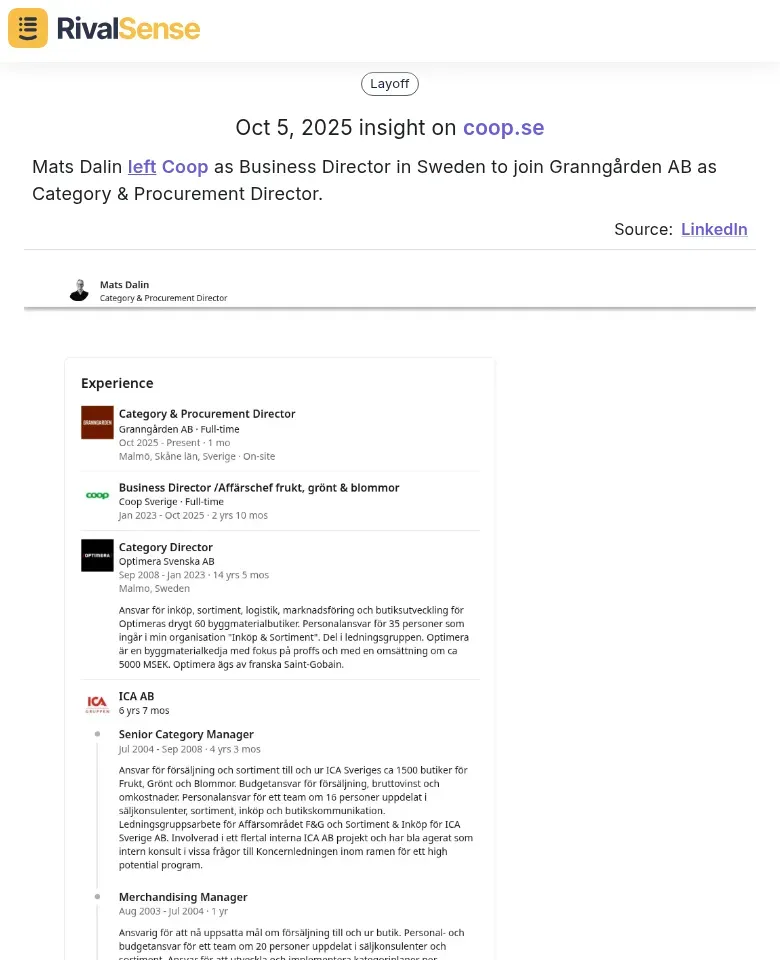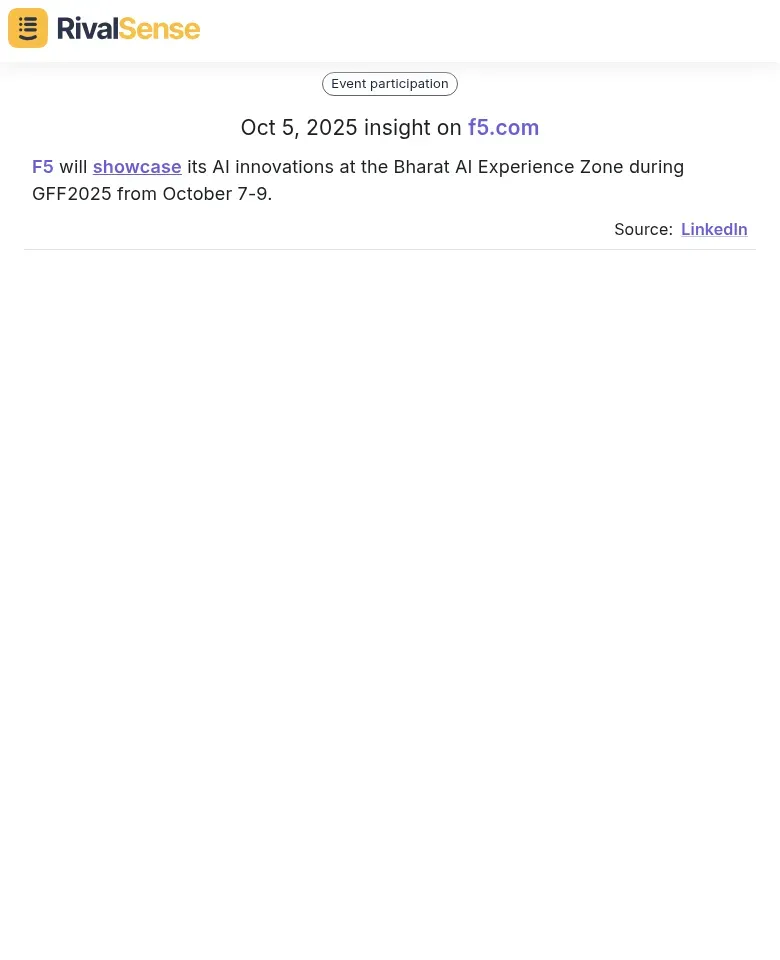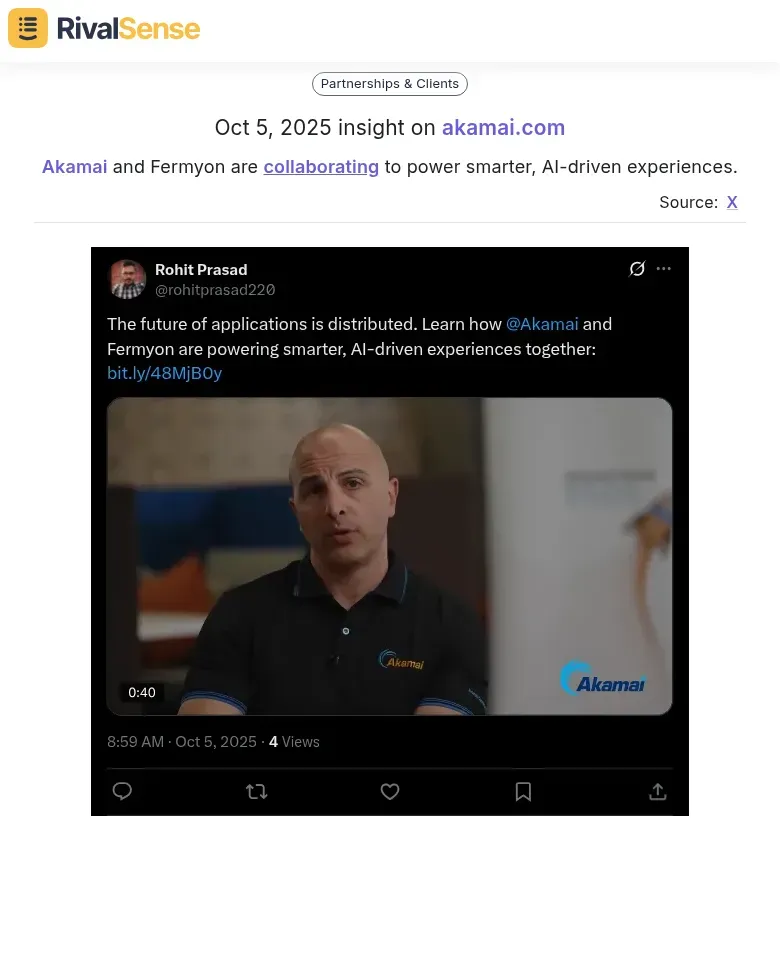Environmental Consulting Key Account Tracking Templates & Frameworks
In environmental consulting, key accounts represent more than revenue—they're strategic partnerships that drive sustainable growth and industry influence. These high-value clients, from government agencies to multinational corporations, provide recurring projects and referrals that fuel long-term success. However, managing these relationships presents unique challenges: complex regulatory landscapes, lengthy sales cycles averaging 6-12 months, and the need for specialized technical expertise across environmental compliance, remediation, and sustainability consulting.
Effective key account management (KAM) transforms these challenges into competitive advantages. Start by identifying your true key accounts—those with high growth potential, strategic alignment, and relationship depth. Develop customized tracking templates that monitor regulatory changes affecting each client, project milestones, and stakeholder engagement frequency. Implement quarterly business reviews to align your services with clients' evolving sustainability goals and compliance needs.
Practical steps for success:
- ✅ Create client-specific environmental compliance dashboards
- ✅ Map all decision-makers and influencers within client organizations
- ✅ Track regulatory deadlines and submission requirements
- ✅ Document client sustainability objectives and progress metrics
- ✅ Schedule regular technical updates on emerging environmental standards
By systematizing your approach, you'll improve client retention rates by 25-40% while uncovering cross-selling opportunities in adjacent services like ESG reporting or climate risk assessment.
Essential Frameworks for Environmental Consulting Key Account Tracking
Effective key account management (KAM) in environmental consulting requires structured frameworks to navigate complex regulatory landscapes and stakeholder relationships. Implementing these frameworks ensures proactive account management and reduces compliance risks. Start with a six-step KAM framework: 1) Analysis—assess client needs, compliance risks, and competitor positioning; 2) Planning—set goals, allocate resources, and define KPIs; 3) Development—create tailored service proposals and communication plans; 4) Action—implement strategies, engage stakeholders, and ensure regulatory adherence; 5) Monitoring—track performance, compliance deadlines, and client feedback; 6) Review—evaluate outcomes, adjust plans, and document lessons.
For environmental compliance, use tracking frameworks that map regulations (e.g., EPA standards), set alerts for deadlines, and maintain audit trails. Stakeholder mapping frameworks help identify influencers, prioritize relationships, and manage communications—tools like power-interest grids can categorize stakeholders for targeted engagement. Tracking management changes is particularly valuable for adapting stakeholder strategies. For example, Mats Dalin left Coop as Business Director in Sweden to join Granngården AB as Category & Procurement Director.  This type of insight helps you anticipate shifts in decision-making and identify new opportunities with key accounts.
This type of insight helps you anticipate shifts in decision-making and identify new opportunities with key accounts.
Practical tips:
- 🔄 Automate compliance tracking with software
- 📅 Conduct quarterly reviews
- 📋 Use checklists for risk assessments
This approach ensures proactive account management, reduces compliance gaps, and strengthens client trust in a dynamic industry.
Customizable Tracking Templates for Environmental Consulting
Effective account tracking in environmental consulting requires structured frameworks that adapt to regulatory complexity. Using tailored templates streamlines oversight and ensures no critical details are missed. Start with our customizable account analysis template: map client compliance requirements across federal, state, and local regulations, noting key contacts, audit schedules, and risk factors. Include a checklist for quarterly compliance reviews—verify permit renewals, emissions reporting deadlines, and stakeholder engagement logs.
For project milestones and regulatory deadlines, use our tracking template with columns for task, responsible party, due date, and status. Set automated reminders 30 days before critical submissions (e.g., EPA reports, NPDES permits). Tip: Color-code deadlines by priority—red for fines, yellow for follow-ups—to visualize urgency.
Client relationship templates should log all interactions: meetings, emails, and issue resolutions. Add a section for client goals (e.g., sustainability targets) and feedback. Practical step: After each touchpoint, update a 'next steps' field to ensure continuity. These templates, tailored to environmental consulting's dynamic landscape, foster proactive compliance and enhance client relationships.
Technology Tools and Software for Environmental KAM
Leveraging technology is essential for efficient key account management in environmental consulting, especially with evolving regulations and competitor activities. Specialized environmental consulting Key Account Management (KAM) software should include features like compliance tracking, project lifecycle management, and stakeholder mapping tailored to environmental regulations. Look for tools that integrate seamlessly with environmental compliance platforms (e.g., Enablon, Cority) and project management systems (e.g., Asana, Trello) to sync data on permits, audits, and deadlines.
Automated reporting and monitoring capabilities are crucial—set up alerts for regulatory changes, generate compliance dashboards, and use AI to predict client risks. Monitoring industry events can provide strategic insights into competitors' innovations. For instance, F5 will showcase its AI innovations at the Bharat AI Experience Zone during GFF2025 from October 7-9.  Tracking such events helps you benchmark your offerings and stay ahead of market trends.
Tracking such events helps you benchmark your offerings and stay ahead of market trends.
Practical steps:
- 🔧 Assess integration needs with existing tools
- 📊 Choose software with real-time monitoring for emissions or waste data
- 📈 Implement automated weekly reports on account health
Tips: Prioritize tools that offer customizable templates for environmental metrics and provide training for smooth adoption. This ensures efficient KAM while staying compliant.
Best Practices for Implementing Environmental Consulting KAM
Implementing effective Key Account Management (KAM) in environmental consulting requires strategic selection, dedicated expertise, and continuous adaptation. Following best practices ensures long-term success and client satisfaction. Start by selecting and prioritizing key accounts using a weighted scoring matrix that evaluates factors like revenue potential, strategic alignment, regulatory influence, and environmental impact. Focus on clients with complex compliance needs or those in high-growth sustainability sectors.
Build dedicated environmental expertise within account teams by hiring specialists with backgrounds in environmental science, engineering, or law, and provide ongoing training on evolving regulations like EPA guidelines or carbon emission standards. Encourage cross-functional collaboration between technical experts and relationship managers to deliver holistic solutions. Partnerships play a key role in strategic growth; for example, Akamai and Fermyon are collaborating to power smarter, AI-driven experiences.  Monitoring partnerships helps you identify alliance opportunities and competitive threats, enabling proactive strategy adjustments.
Monitoring partnerships helps you identify alliance opportunities and competitive threats, enabling proactive strategy adjustments.
For continuous improvement, establish a feedback loop with clients to gather insights on service delivery and regulatory challenges. Regularly review and adapt KAM strategies in response to regulatory changes—monitor updates from agencies such as the EPA or local authorities, and integrate them into client risk assessments and compliance plans.
Checklist for quarterly account reviews:
- 📋 Regulatory compliance status
- 😊 Client satisfaction scores
- 💡 Innovation opportunities
Tips: Leverage technology for real-time regulatory tracking and foster a culture of agility to quickly pivot strategies as environmental policies evolve.
Measuring Success and ROI in Environmental Consulting KAM
Measuring success in environmental consulting KAM requires tracking both financial and compliance metrics to demonstrate value and guide improvements. Consistent evaluation helps optimize account management efforts and align with business goals. Key KPIs include: revenue growth per account (target 15-20% annually), client retention rate (aim for 90%+), and project profitability. Track regulatory compliance success through audit pass rates (target 100%) and reduction in compliance-related incidents.
Use client satisfaction surveys quarterly, focusing on NPS scores and specific feedback on regulatory guidance. Calculate ROI by comparing account management costs (staff time, tools) against increased revenue and cost savings from avoided penalties. Practical steps: 1) Implement a dashboard tracking KPIs monthly, 2) Conduct bi-annual compliance reviews with clients, 3) Use a simple ROI formula: (Net Benefits - Costs) / Costs.
Tip: Leverage competitor tracking tools to benchmark your compliance success rates against industry averages, ensuring your KAM initiatives deliver tangible value and regulatory peace of mind.
To effectively monitor competitor activities like partnerships, events, and management changes, try RivalSense for free at https://rivalsense.co/ and get your first competitor report today! This tool tracks product launches, pricing updates, event participations, and more, delivering weekly insights to keep you informed and competitive.
📚 Read more
👉 How VEED's AI Expansion Strategy Outpaced Competitors
👉 Competitor Analysis: Uncover Strategic Insights from Product Launches and Expansions
👉 Competitor Tracking Mastery: Real-World Lessons from Korean Air for B2B Leaders
👉 Gain a Strategic Edge: Track Competitor Media Mentions and Executive Moves
👉 Unlocking Strategic Insights from Competitor Personnel Moves
